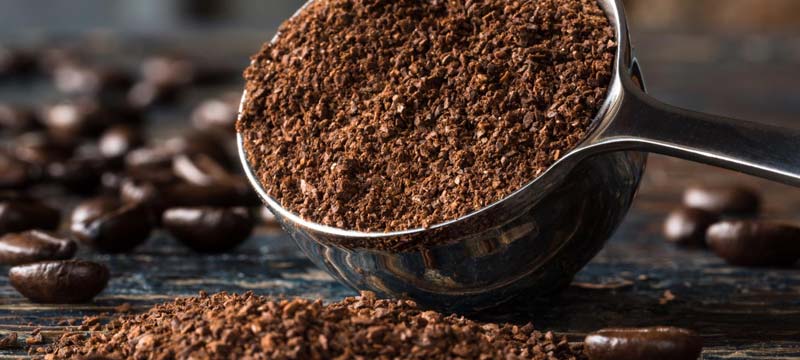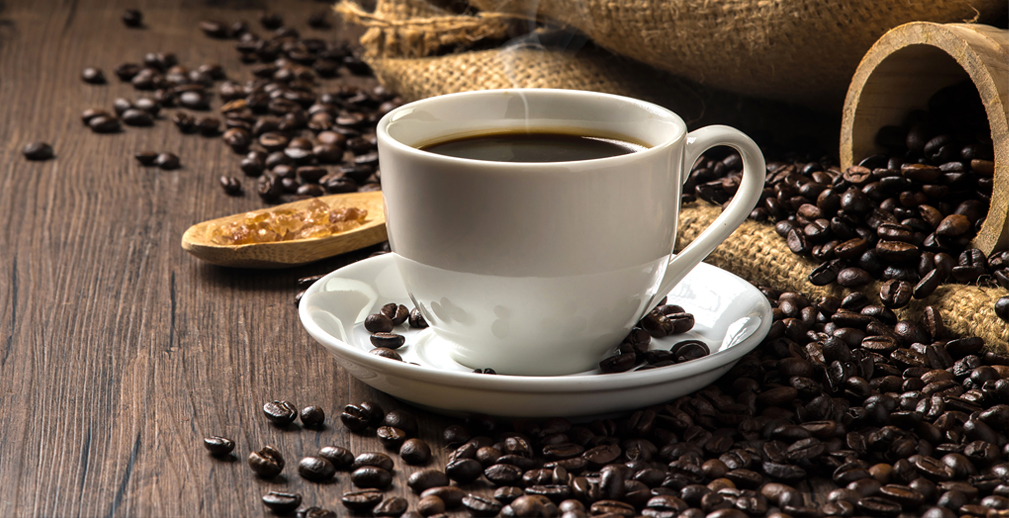In natural coffee, a thick coffee shell and core are clearly visible on the cut. Natural ground coffee consists of individual solid particles, while chicory has a gelatinous thick, with translucent particles. Overcooked beans at the break are painted in a light yellow color.
Organic coffee is the most popular drink in the world. And this means that there is a possibility of its fakes entering the market. We have already written about the collection of coffee fakes and today we want to give some tips on how to distinguish natural coffee from a fake.
- First of all, pay attention to the specific coffee smell. Its absence may mean that in front of you is not coffee at all, but fried acorns, chicory, grains of rye, barley and other cereals.
- Do a little test: dip some grains into a glass of cold water and stir. Grains of natural coffee will swell slightly and color the water, and fakes will form a sediment at the bottom.
- Cut the grain in half. In natural coffee , a thick coffee shell and core are clearly visible on the cut.
- Natural ground coffee consists of individual solid particles, while chicory has a gelatinous thick, with translucent particles.
- Overcooked beans at the break are painted in a light yellow color.
- To distinguish ground natural coffee from chicory, add a spoonful of powder to a glass of cold water. If the water turns brown and has a bitter taste, it is chicory.
- To check whether they are artificial clay beans, put them in a mortar and hit with a pestle. Natural coffee will break into small pieces, and clay coffee will crumble into powder.
- Artificial beans lack grooves and remnants of the seed coat. When examining the cross section, one can see that the groove, if any, is “drawn” on the surface.
- Another sign of natural coffee is the price. Real coffee can’t be cheap. The technology of growing and processing requires a lot of money. It is worth remembering that high-quality grains are more expensive than chicory or malt.
- In ground coffee, flour beans are sometimes found, they can be easily calculated; when pressed, they crumble into powder.
- If the grains are blue-green or blackish in color, they are spoiled or underripe.
- Natural coffee does not sink in ether.
- A decrease in transparency and a darker color of the drink indicates the addition of substitutes.
- You can distinguish coffee from chicory chemically. Add a solution of iron salt to the brewed drink. Dark green color says that you have natural coffee in front of you , and dark brown gives out chicory.
- Another chemical method Add two to three drops of iodine solution to brewed coffee. Blue coloration of the liquid indicates the presence of starch or mealy grains.
- Place the coffee beans on a paper towel and rub. If dirty traces remain on the napkin, the coffee is tinted with lead paints. Such coffee is hazardous to health.
- Chicory is recognized by the lactiferous vessels. Thin-walled, tufted sieve tubes are also a hallmark of chicory.
We will be glad if our advice will help you distinguish natural coffee from a fake. And finally, one more piece of advice: pay attention to how much time has passed since the grains were ground into powder. The shorter this time, the better the quality of your coffee. It is optimal to prepare coffee bean powder immediately before brewing.
Fake grains
Until the beginning of the 20th century, coffee was considered a premium product and was extremely expensive. Fraudsters took advantage of this by churning out low-quality raw materials on an industrial scale.
Grains were counterfeited in a much smaller volume (this is difficult and costly) than ground, but such a fake brought the greatest income. How is it produced?
- They mix cheap varieties into elite ones. Then they pack it and calmly sell it at a high price. Example: dilute robusta with cibeton (it smells of musk) and pass it off as Kopi Luwak. The scent is similar, but much stronger.
- They make coffee from wheat, barley, maize and other types of dough and give out balls for beans (don’t be surprised). Ground olive pits and … clay are also used – all you need is to roll into balls, cover with sugar solution, fry, tint and add a fake to real beans.
Fake and where is natural coffee?
Here the scope for scammers is wider. To make their own, excuse me, swill, they resort to various surrogates:
- plant substances with a solid sugar content (carob beans, dried figs, burnt molasses sugar, sugar beets);
- legume seeds (lupins, peas, etc.);
- fat-rich substances (nuts);
- starch-rich substances (acorns, barley, oats, wheat, maize, rye, malt);
- roots and root crops (carrots, chicory, dandelion).
Usually the proportion of surrogates is high, but sometimes counterfeiters become so impudent that there is no trace of natural coffee. The recipe is this: grind and add to the ground “for weight”. Notice that no one cares about taste.
The most common example is chicory as a substitute. Unfortunate producers collect the roots, wash them, cut them into pieces, dry them and fry them, spraying them with oil or syrup. It remains to grind the surrogate and slip it into the package with ground coffee. Funny moment – chicory is also forged! Well, how – such an indispensable ingredient. Beet pulp, turnips, and even sand were added to the chicory mixture to increase mass and cost.
Another example is a mixture of Arabica and Robusta. As you know, Arabica is more expensive and less invigorating (the proportion of caffeine is low), so artisans dilute the product with robusta. Natural coffee invigorates, but you can’t call it high-quality.
How to spot fake coffee
A few tips:
- look at the packaging (by law, the manufacturer must list the substitutes in the composition – in practice, however, this is not always done);
- it’s good if there is an opportunity to look at the grains – spoiled (overcooked) will immediately catch your eye, an overexposed product will give itself out with shine and oiliness;
- good grains are about the same size and color.
The recommendations are superficial – you should not mess around with a microscope and a ruler around coffee beans. Why? Because there is a more universal way .
Good coffee is expensive – this is an axiom. Do not trust suspicious outlets. The way out is specialized stores with trusted suppliers. Our company Arisha natural coffee carries grains directly from plantations. We roast them ourselves. Ukrcontrol, by the way, advises buying just from roasters – that is, you have come to the right place. Go to the catalog and choose what is closer – traditional or exotic varieties.






